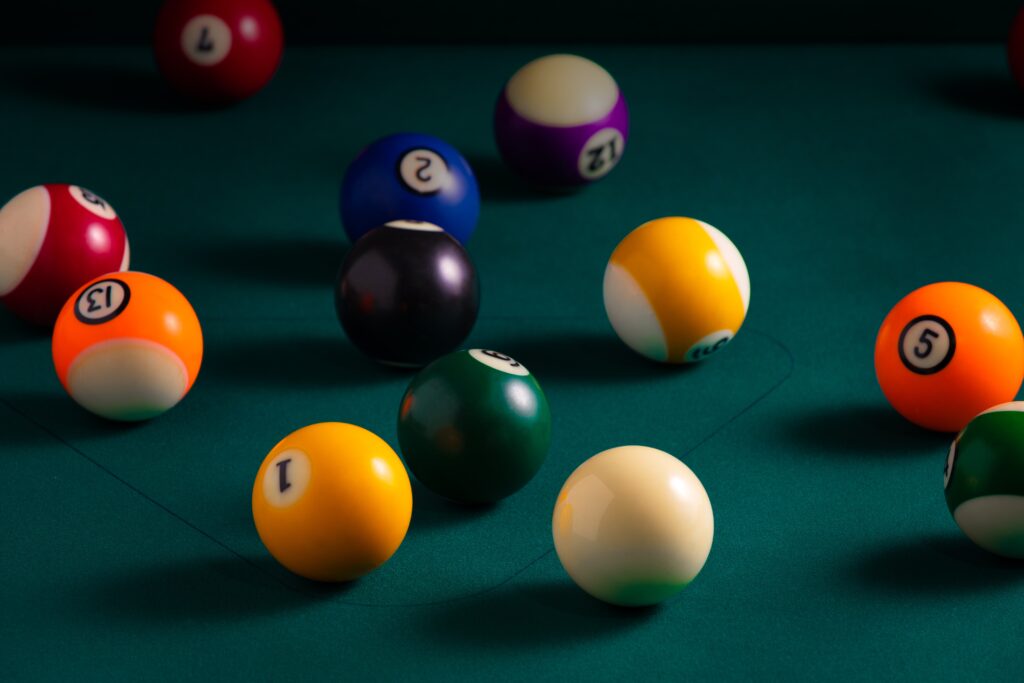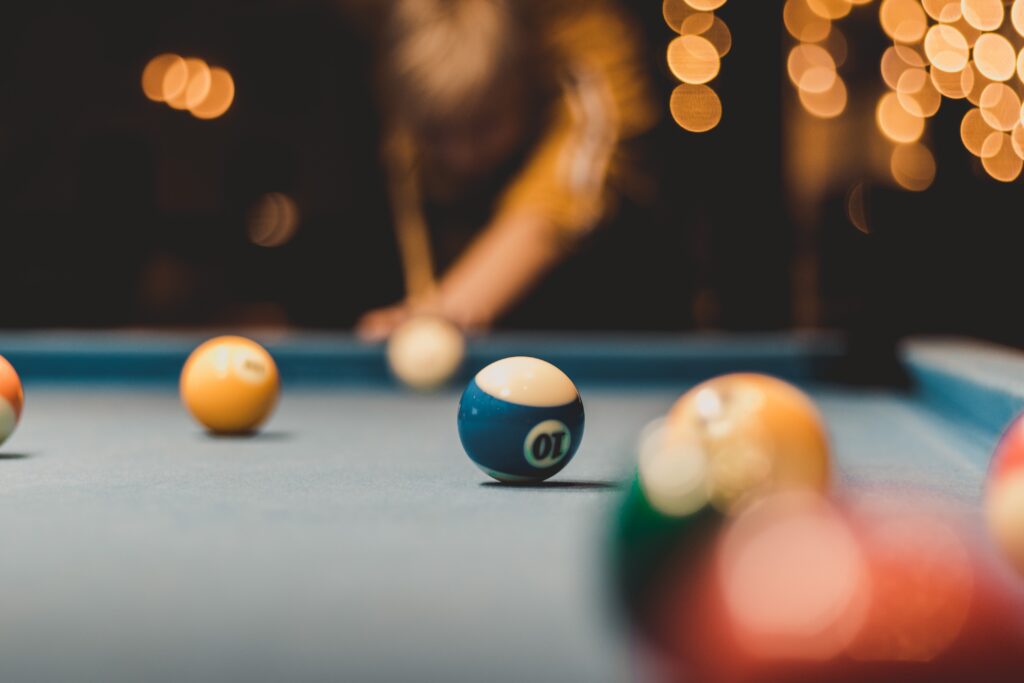Understanding The Key Differences Between Billiards And Pool
Pool and billiards are two of the most popular cue sports, but despite their similarities, they differ in a variety of ways. Both games involve hitting balls into pockets on a flat surface with a cue stick, but their rules, equipment, and playing styles are distinct.

Despite their differences, billiards and pool share a common ancestry and similar gameplay mechanics. Both games require players to use a cue stick to hit a ball into a pocket on the table. Both involve strategic shot-making, with players controlling the ball’s movement with spins, angles, and speed.
However, the differences between the two games are significant. For instance, billiards is typically played on a table larger than a pool table, with three balls used instead of the fifteen used in pool. Billiards also involves different rules, such as requiring players to hit the cue ball and the other balls in specific sequences or hitting a particular ball first.
In contrast, pool is played on a smaller table with fifteen numbered balls and one cue ball. It has different variations, such as 8-ball and 9-ball, each with unique rules. For example, 8-ball requires players to sink all their designated balls and the 8-ball to win, while 9-ball requires players to hit the balls in numerical order.

Furthermore, the equipment used in billiards and pool differs significantly. Billiard cues are typically heavier and longer than pool cues, with a thicker tip and a tapered shaft. The balls used in billiards are also larger than pool balls, and they’re made of ivory or resin, while pool balls are usually made of plastic or other synthetic materials.
In conclusion, while billiards and pool share some similarities, their table size, ball quantity, rules, and equipment differences are significant. Each game has unique styles and challenges, making them exciting and enjoyable for players and spectators alike.
